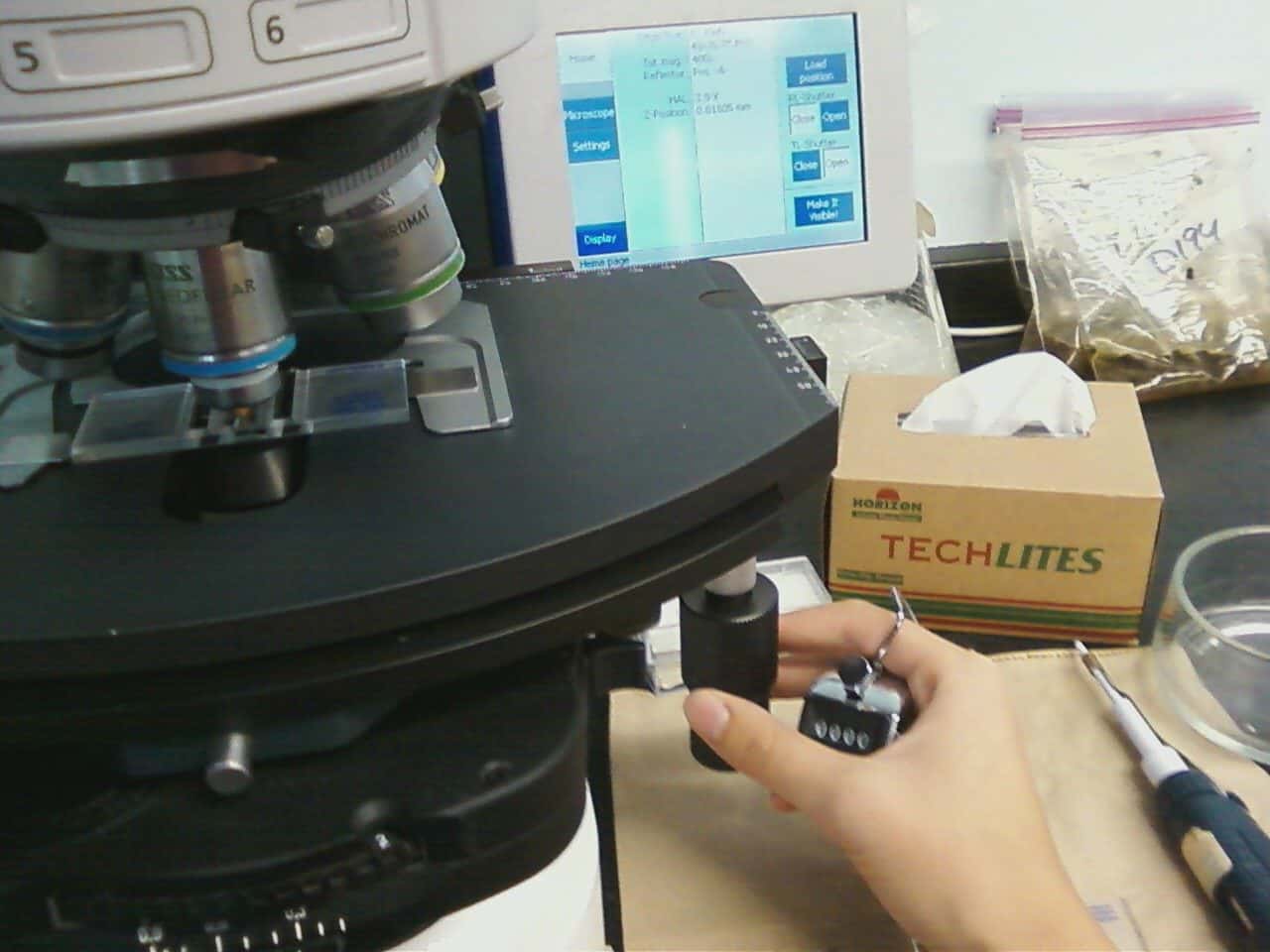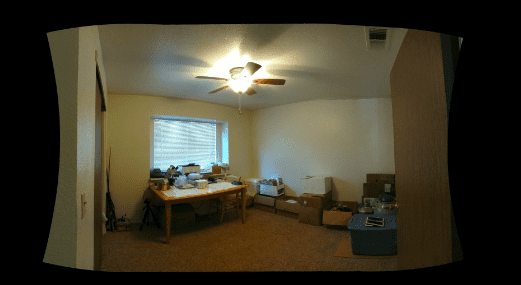The past month has been very busy for us at the Bee Research Lab in Maryland. There was one week we received shipments of alcohol samples from all 3 BIP teams: California, Minnesota and Hawaii. It was only a few weeks ago when we had boxes stacked high waiting to be processed. I am proud to say that Heather Eversole and I broke our own personal records for how many samples we could process in a day. It feels good knowing that the beekeepers received their reports as fast as possible! As most of you know, my primary task at BRL is counting Nosema spores.…
Velvet Ants (Mutillidae)
On a recent adventure into the Ishi Wilderness...(http://en.wikipedia.org/wiki/Ishi_Wilderness) I stumbled onto my second Velvet Ant (Mutillidae) in California. This one was similar to the first species I saw. There are a few images below that show the first one I collected. Mike also found a Velvet Ant that looked to be the same species. Velvet ants are so named because of their dense hair that can be gold, black, orange or a variety of other colors. I have both specimens in captivity now. One fascinating thing I found about these ants is they make squeaking noises by stridulation which means that they make sounds by…
The Midwest at its Best
Not many Californians would jump at the opportunity to spend their summer in Minnesota and North Dakota, but not many Californians work with bees either. I was glad to be given the opportunity to work with Katie Lee in the Bee Informed Partnership and pack my bags and relocate to St. Paul at the beginning of June. For the past four years I've worked with Sue Cobey at UC Davis, learning how to keep bees and raise queens, working my way up to a full time position taking care of the research hives and lab facilities at the Harry Laidlaw Honey Bee Research Facility. My…
Bee Beard
http://www.youtube.com/watch?v=MiVTZbISMcE Last Saturday Rob and I volunteered to participate in the Patrick Ranch’s annual Country Faire and Threshing Bee. For more information about the event visit: http://site.patrickranchmuseum.org/index.html We got a call from Yvonne Koehnen earlier last week asking if we would be interested in doing a bee beard for the honey bee exhibit at the fair. The Koehnen family has been beekeeping since 1907. For more on the Koehnen family visit: http://www.koehnen.com/ I had never done a bee beard before so I was excited about the invitation. We put our weekend plans to fish the McCloud River on hold and happily accepted Yvonne’s invitation. There…
Spring Collecting In Northern California
Spring in Northern California has been good for collecting different native bee species along with other flower visiting insects. With summer approaching fast, native bees are thriving on yellow flowering plants such as Yellow Star Thistle (Centaurea solstitialis) and Great Valley Gumplant (Grindelia camporum). On these two species of flowers I collected 6 genera including Megachile, Triepeolus, Mellisodes, Osmia, Ceratina and Lasioglossum. There is an image below and at the end showing some of the bees collected and pinned. I also collected some other insects and arthropods in Siskiyou County. I found some swallowtails (Papilio sp.) congregating near a stream bank in the late afternoon.…
Honey Bee Lab from Home
From time to time we are approached by beekeepers who are interested in setting up their own labs so that they can take samples of their bees and test them for Varroa mites and Nosema spores. Most beekeepers know what a Varroa mite looks like so identification usually isn’t an issue. Counting Nosema spores can be a more daunting task, especially if you are trying to quantify spore loads. Seeing an image of a Nosema spore on the internet or in a book can make things easier but until you see one yourself under a microscope and have someone verify the identification it could be…
Pest and predators of honey bees
As the weather starts to warm and flowers start to bloom, honey bee colonies start hoarding pollen and nectar to rear brood. At the same time, honey bee pests start to awaken from their winter slumbers or eclose from an egg. What are these pest interested in? Most pests feed on the bees themselves, bee brood (for protein), sugar/corn syrup or pollen patties. The chances of these pests attacking hives are higher when food is scarce or when there are large apiaries of 40 or more hives. Some beekeepers use electric fences for pest control in hopes to deter some of these pests (image below…
Hive History
The summer sampling period began 10 days ago with the sixteen beekeepers participating in the Bee Informed Partnership. This sampling period places an emphasis on determining Varroa mite and Nosema levels prior to beekeepers treating with medicines this year. Most beekeepers will try to have their mite treatments in 30 days prior to the nectar flow. Out here the flow begins in July when the star thistle blooms. Treatment windows are narrow, making timing and balance critical. One of the many benefits of our program is that we help to provide beekeepers with a history of their hives by inspecting and sampling some of them…
Midwest Bee Team
This past weekend, I made a solo trip halfway across the country back to my homeland of Minnesota where I will now be based. One of the goals of the Bee Team program is to expand and establish multiple Teams around the country. There have been requests to establish Teams in the Northeast and Southeast, which I really hope happens in the near future. But for now, the next Team will be established for Midwest beekeepers, focusing on Minnesota and North Dakota. What we will be doing in the Midwest will be slightly different than in California, since we will be primarily working with non-queen…
Boots on the Ground: A Radical Shift in the Interface Between Research and Real World.
McNeil. (2012). Boots on the Ground: A Radical Shift in the Interface Between Research and Real World. Bee Culture. April 2012. "Booooos from the back of the audience were directed to the young woman on the stage at the California Beekeepers Association Conference. Without the context, the message could easily have been misconstrued....." McNeil. (2012). Boots on the Ground: A Radical Shift in the Interface Between Research and Real World. Bee Culture. April 2012.


